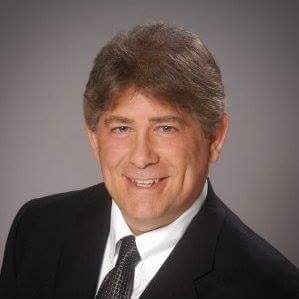By Bret Moore
At the turn of the 20th century, Greene County had a daily paper for people of every political mindset. The Democrat, the Republican, the Independent, the Daily Times and the Messenger all flourished. There was even a weekly paper called the Waynesburg Clipper that was particularly vitriolic in its attacks on political opponents.
The only things upon which these papers could agree were the local baseball and football scores. One of the most fascinating aspects of these early sports reports is the constancy of the traditional county surnames. Over a century later, the rules of the games have changed, but the names in the scorebooks remain the same. This as a testament to the deep cultural roots we share that bonds us with our towns and villages.
For many people, sports are a visceral link to their past. These memories not only connect them to their youth, but also the accomplishments of their parents and grandparents. I have always loved the history and anecdotes of local sports. In every small town in America, people gather in local hangouts to debate and pontificate on the best running back, wrestler or pitcher the area has produced. Throughout the years, sports have served as an escape from the drudgery of the mine, of the mill, of the farm and of the factory. Local athletes provided an identity for villages otherwise too small to be noticed by the larger society. For decades, conversations in the Waynesburg Isaly’s, the Jefferson Hotel, and Serb’s Red Star have centered around the glory days of the town.
However, time eventually washes away these shared generational experiences. Someday, the legendary feats of Cary Kolat and Coleman Scott will be as obscure as the heroes of the turn of the last century. While I was researching my book, a glaring example in my own life underscored this lack of knowledge. Bucky Murdock was my guidance counselor and high school baseball coach. Although I should have known there was something special about a 57-year old man who taught pop-up slides into second base by personally demonstrating them repeatedly, I was sadly oblivious. The man was a member of six sports halls of fame and a hero in two wars, but I failed to grasp his greatness because I viewed him through the blinders of youth.
My ignorance existed despite the fact my father and grandfather always shared their stories of great athletes they had played with and against. My father was Jim Moore. He started his career as a sports reporter at the Democrat-Messenger in the late 1950s. He became an editor and columnist for both the Messenger and the Observer-Reporter before starting his own weekly paper, the Greene County Messenger in 1990.
In addition to the oral and written legacy of my family, I have loved reading the collections of local writers such as historian G. Wayne Smith and my father’s good friend John O’Hara of the Waynesburg Republican. Because of my desire to see this communal well of memories endure, I decided to compile and synthesize multiple sources of Greene County sports history into a two volume book series. Volume I will be published by Direct Results this fall.
After reading the work, Pam and Kent Marisa asked if I might be interested in sharing some of the stories in a column for the GreeneScene. We share the same vision of using sports and activities as a societal glue that creates a true community. In addition to the sources mentioned, I contributed my own research by scouring yearbooks of all the local high schools, as well as the Democrat-Messenger and Waynesburg Republican archives for forgotten stories. The wonderful staff at the Cornerstone Genealogical Society and the Greene County Historical Society were extremely helpful.
It is not my intention to create a dry academic tome of sports data. Nor is my goal to cover only the “greatest” athletes and teams. I wanted to use sports to capture the zeitgeist of an era. Times when the local stuff was usually more important to us than the larger world. My goal is to create stories that can be enjoyed by anyone who wishes to gain an overview of the thread of athletic DNA that connects us as a community. The book and this column will be a celebration of the accomplishments of our friends, of our families and of our fellow Greene County folk.
